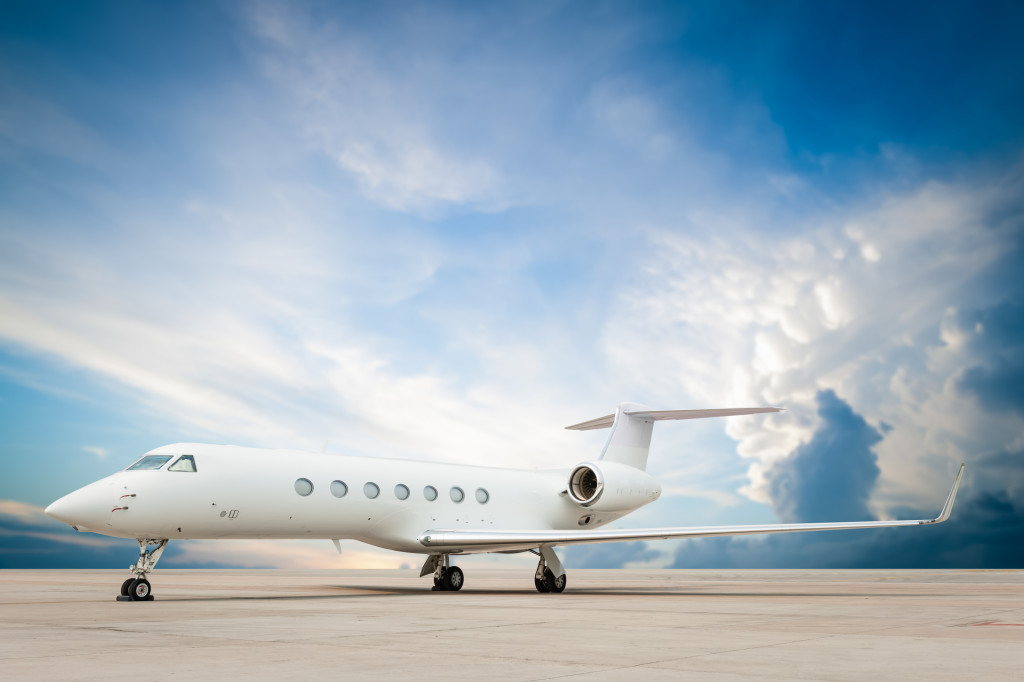If you own an aircraft, you are responsible for ensuring that the aircraft meets standards set by the Federal Aviation Administration (FAA). To ensure airworthiness, it’s necessary to conduct extensive tests on your plane before they are put into service. They must also undergo regular inspections and receive repairs when necessary. If an aircraft is not considered airworthy, it will not be allowed to fly. Otherwise, it will pose a serious safety risk to you and your passengers. Airworthiness is, therefore, a critical factor in ensuring aviation safety. With this, here’s what you need to know about the airworthiness of an aircraft:
Factors to Consider for Airworthiness
To be granted an airworthiness certificate, an aircraft must meet conditions set forth by the FAA. This includes having all required safety equipment on board and in working order. The aircraft should also be free of any defects that could affect its safe operation. Once an airplane has met these requirements, it can then be issued an airworthiness certificate and operate legally in the United States.
Types of Airworthiness Certificates
The Federal Aviation Administration (FAA) issues two types of airworthiness certificates: standard airworthiness certificates and special airworthiness certificates. Both types have different categories under them. But, in general, standard airworthiness certificates are issued for aircraft used in transport, commuter, or utility. Special airworthiness certificates, on the other hand, are issued for aircraft that are used for specific purposes, such as aerial mapping or crop dusting. In addition, pilots flying these aircraft must have special training and licensure to be certified by the FAA.
Frequency of Inspections
The frequency of inspections for an airplane depends on its use and flight times. Most airplanes undergo an inspection every 12 months or after every 100 hours of flight time. However, some planes may experience more frequent checks if they fly long distances or are used for commercial purposes. While the frequency of inspections may vary, they are essential for maintaining the safety of both passengers and crew.

The Safe Operation of an Aircraft
Before an aircraft can be considered airworthy, it must undergo a thorough inspection to ensure that it is safe for operation including the following:
Instruments and Navigation Systems
The primary instruments used for navigation are the compass, altimeter, and airspeed indicator. The compass shows the aircraft’s heading, or the direction it is pointing. Meanwhile, the altimeter measures the altitude or height above sea level. The airspeed indicator shows how fast the aircraft is moving through the air. A thorough inspection of these systems is essential for ensuring the safety of the aircraft and its passengers.
Engines
Aircraft engines provide the power necessary for takeoff and must be able to operate reliably at high altitudes. As a result, they undergo a rigorous inspection process before each flight. The process includes visual inspection, which is conducted by a certified mechanic. This inspection includes checking for any obvious signs of damage, such as cracks or leaks. There is also an operational check, in which the engine is started and run through a series of tests. These tests ensure that the engine is generating enough power and that all systems are functioning properly.
Control Surfaces
All aircraft have control surfaces that enable you to navigate the plane. These include the ailerons, which control roll; the elevator, which controls pitch; and the rudder, which controls yaw. Each of these surfaces is inspected regularly to ensure that they are in good working order. The inspection process involves checking for any cracks, damage, or wear and tear. By ensuring that the control surfaces are always in top condition, you can rest assured that you can safely navigate your aircraft.
Landing Gear
Aircraft landing gear goes through a significant amount of wear and tear during its lifetime. To ensure that the landing gear is safe and reliable, it must undergo regular inspections. The brakes are checked for proper function, and the tires are inspected for tread depth and condition. The wheels and shock absorbers are also checked for damage. Once the inspection is complete, any necessary repairs or replacements are made. For example, if your aircraft has landed between 120 to 400 times, you likely need to replace your tires. In this case, you can get airplane tire replacements that are designed for your specific make and model. The landing gear is a crucial safety component of any aircraft, so you must keep it carefully maintained.
Routine maintenance is crucial for ensuring flights go off without any hitches. When you own a new plane, it’s important to familiarize yourself with its maintenance. Understanding how often maintenance is conducted as well as what exactly goes into making sure a plane is ready for takeoff can help give you peace of mind next time you fly.
